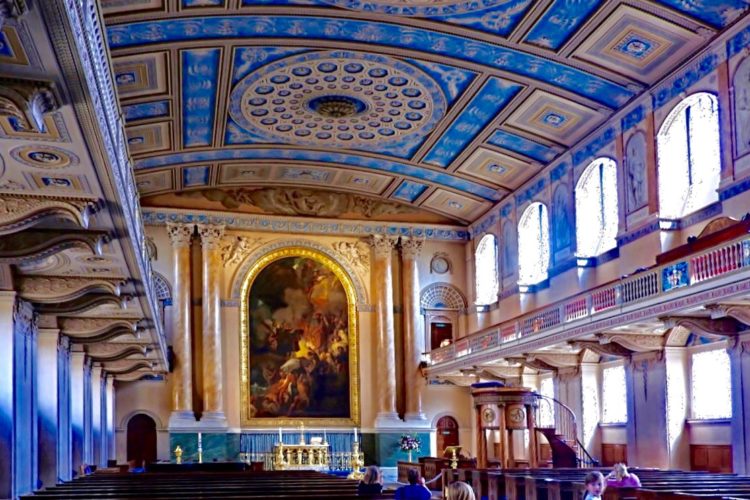
Of Propaganda and Painted Ceilings: My Visit to the Old Royal Naval College
I really didn’t intend to spend the day in Greenwich.
I had planned for a quick trip on the Docklands Light Railway from Central London, across the river, to Greenwich. A stop at the Old Royal Naval College, a quick look at the Cutty Sark, and then over to Greenwich’s main attraction, the Royal Observatory, to see the prime meridian. It would only take a couple of hours. I would be on my way by early afternoon.
That isn’t quite the way things worked out.
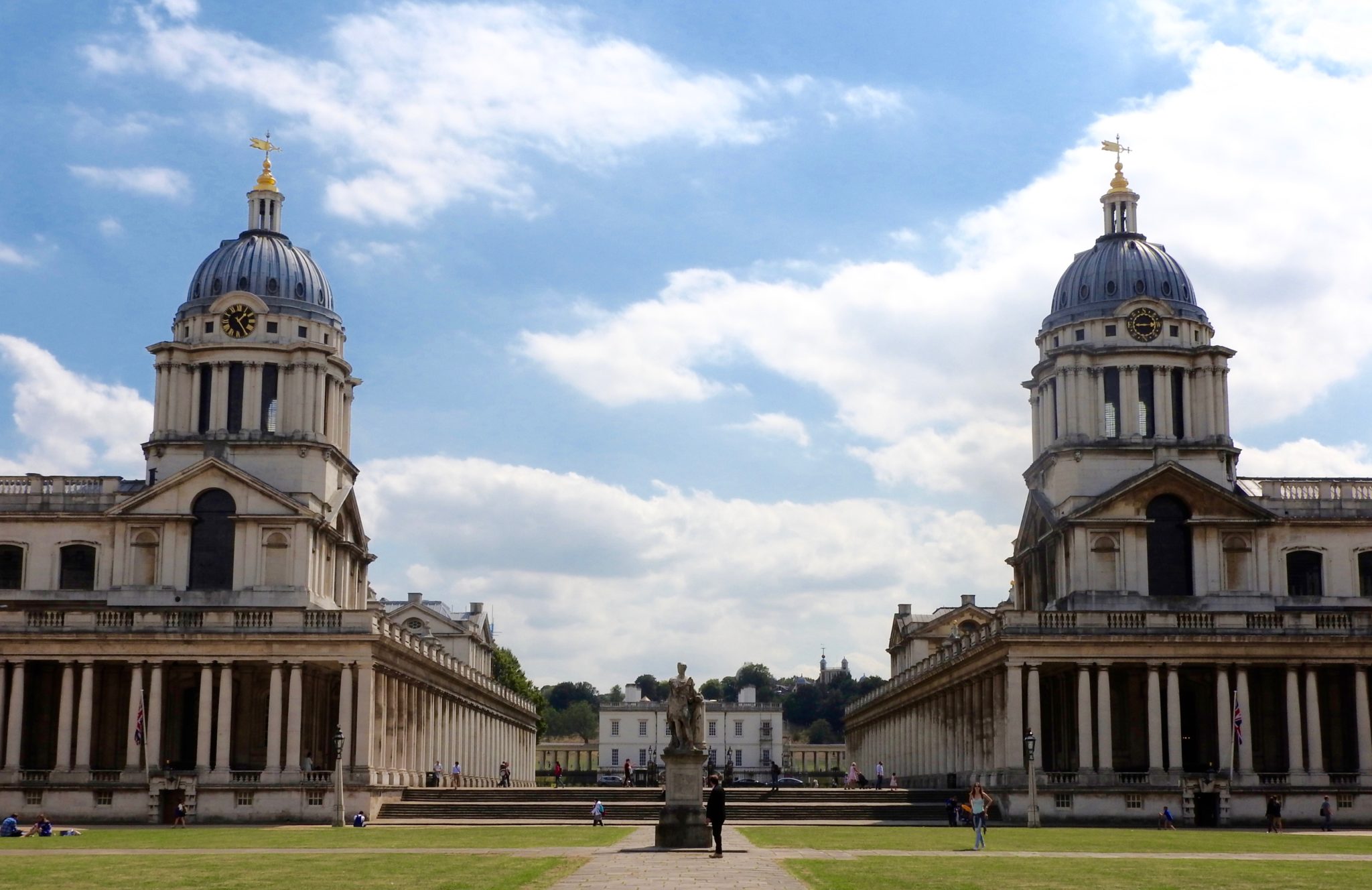
The Old Royal Naval College complex from the edge of the Thames river.
The Grandeur of Eighteenth-Century Greenwich
My first stop was the Old Royal Naval College. A UNESCO World Heritage Site, it was built as a naval hospital at the turn of the eighteenth century by Sir Christopher Wren.
The area has royal associations going back at least to the 1400s. Most famously, it was the site of the old royal palace at Greenwich. A favorite of the Tudor monarchs, it had fallen into disrepair by the mid-1600s. Eventually it was pulled down and repurposed by their Stuart successors. The Stuarts may not have been as brainy as the Tudors, but they definitely knew their way around pretty things.
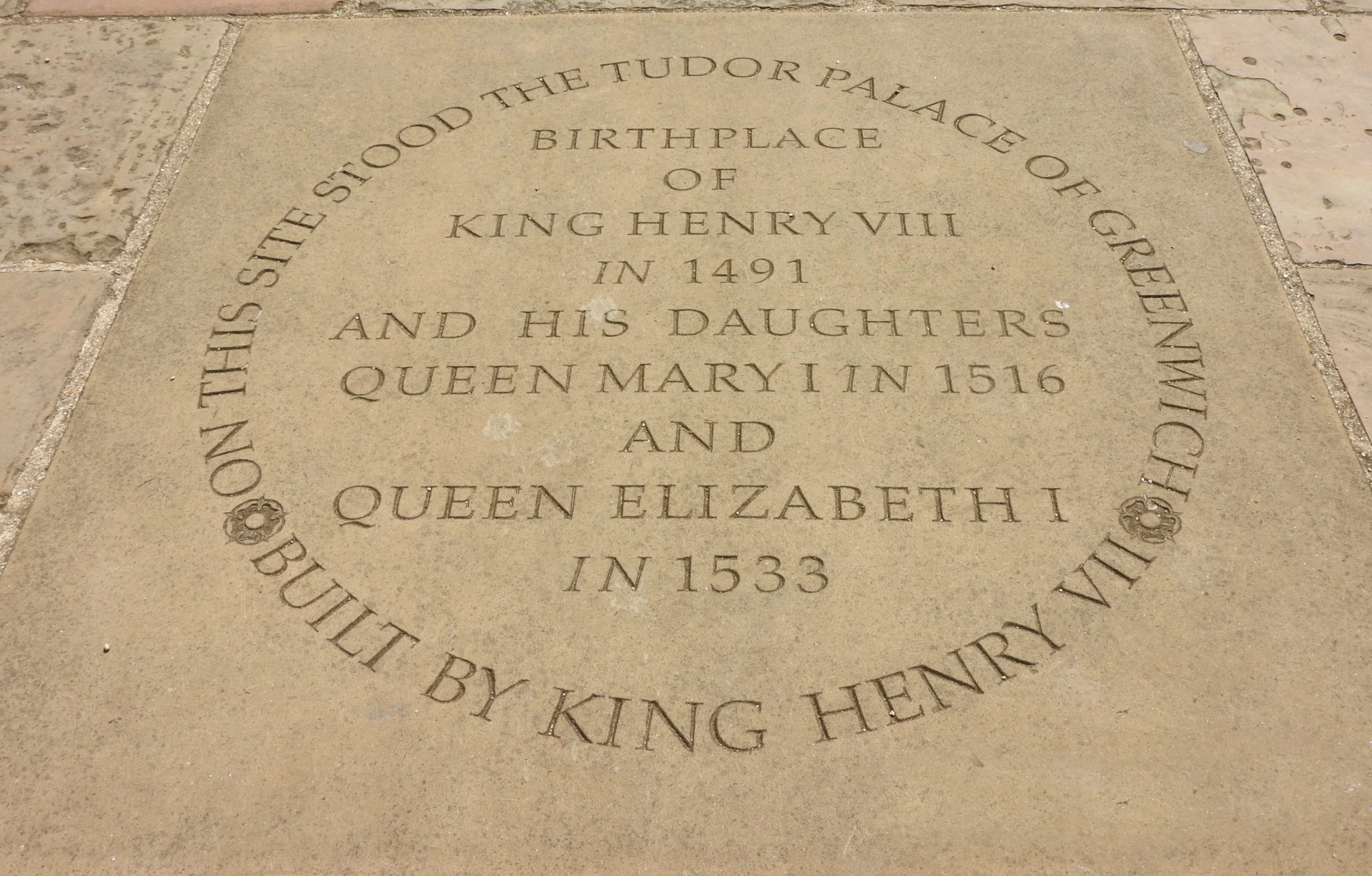
The complex occupies the site of the medieval royal palace of Greenwich. This slab marks the birthplace of the three most famous Tudor monarchs.
It served first as a retirement home of sorts for Royal Navy sailors, and then, in 1873, was converted into a naval college. (What did they do with the old sailors?) It has only been a museum since 1998, but the most impressive public spaces have been open to the public, at least on and off, from the beginning.
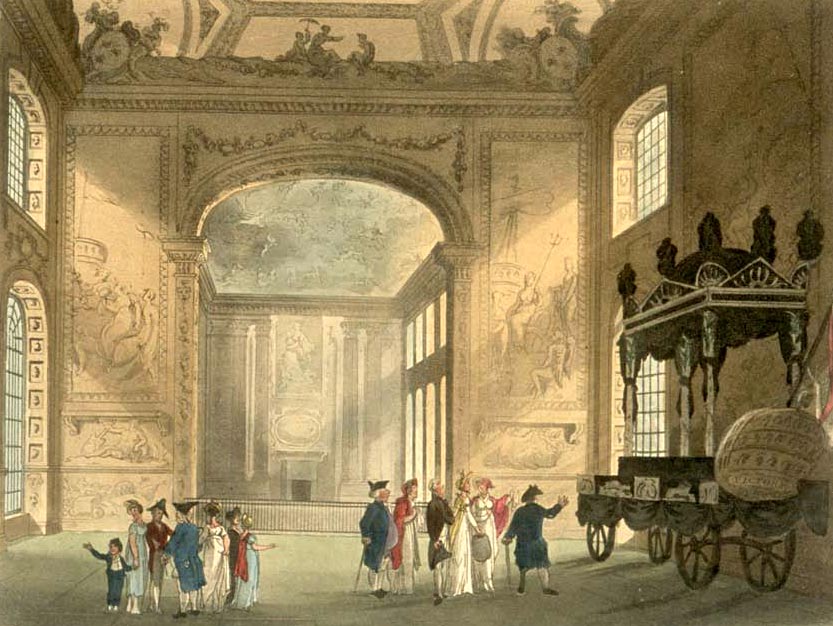
Thomas Rowlandson and Augustus Charles Pugin, The Painted Hall of Greenwich Hospital, printed in Microcosm of London, 1810. [Wikimedia Commons]
The entire complex is beautiful, but it was the famous “Painted Hall” that I had come to see. Intended originally, at least according to some accounts, to serve as the building’s dining area, it also has been used over the centuries as a ceremonial space. One of the most momentous occasions to which it bore witness was the January 1806 lying in state of Admiral Lord Nelson, after his death at the Battle of Trafalgar.
The “painted” part of the Painted Hall refers to the three enormous, allegorical murals that celebrate the glory of the British monarchy and power of the British state. The intricate murals–the designs of which had to be periodically tweaked to suit the political climate–took nearly 20 years to complete and weren’t finished until the 1720s–well after all their major patrons, King William III, Queen Mary II (“William and Mary”), and Queen Anne, were dead. (Which just seems unfair.)
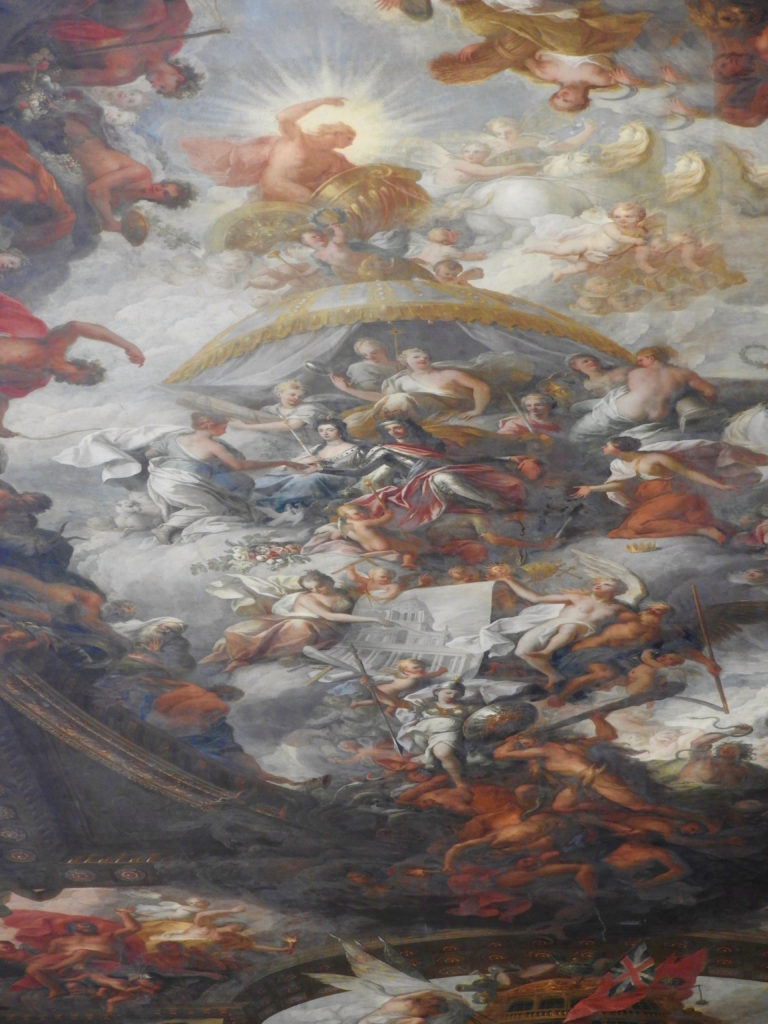
The largest of the three allegorical murals, the “Triumph of Peace and Liberty over Tyranny.” King William III and Queen Mary II are at the center. According to some sources, the figure representing tyranny (with William’s boot planted firmly on top of it) is meant to resemble France’s king Louis XIV–but, honestly, I don’t see it.
Liberty, Tyranny, and Ceiling Paintings…
Of the murals, my personal favorite is the grandiosely-titled “Triumph of Peace and Liberty over Tyranny.” And yes, it is every bit as smug and self-congratulatory as it sounds.
A little context: In the early 1700s, the British ruling class was feeling pretty pleased with itself. In less than a generation, it had:
- Tossed out the old king, James II, whose absolutist tendencies (Parliament? What’s Parliament?) and open Catholicism were a source of widespread concern.
- Essentially invited James’ Protestant daughter, Mary, and her husband, William, to invade and take the throne. The catch? They had to promise to recognize that Parliament, not the monarch, was the supreme power in the land.
- Emerged triumphant from 25 years of fighting Catholic France and its king, the “tyrant” Louis XIV.
- Expanded its colonial empire and overseas trade at the expense of those pesky French.
So the King William and Queen Mary who are depicted sitting–literally–on a cloud, symbolize the triumphant nation at the moment it emerged as a world power. And just in case anybody missed the point, William is shown receiving an olive branch while at the same time resting his boot on a figure representing tyranny. (Mary, who actually founded the hospital and was the one with the real claim to the throne, presides regally, and passively, over the scene.)
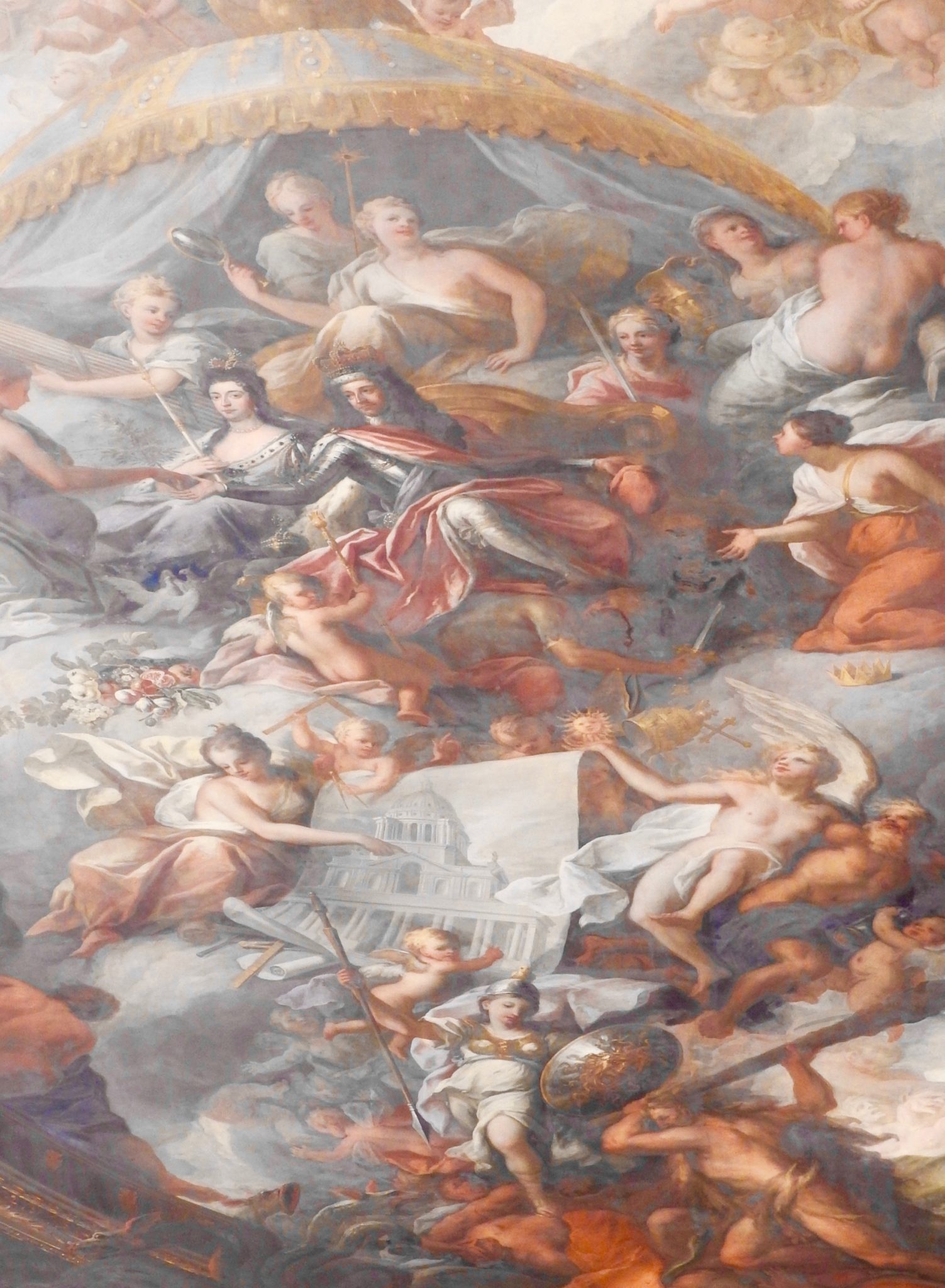
A closer view of the mural. Along with William, stamping out tyranny, notice the angel presenting to the king and queen plans of the hospital.
Shamelessly propagandistic though they are, the murals are stunning and well worth a long look. Luckily, the hall wasn’t very crowded on the day I visited. I was able to take my time, planting myself squarely in the middle of the room and keeping the number of people I annoyed to a minimum.
Leaving the Painted Hall, I headed to the college’s neoclassical chapel. Appropriately enough, it is decorated with naval motifs, including a large black anchor in the floor tiles by the entrance. Supposedly there is a rope work design worked into the pews, but I completely missed that. I was probably too distracted by the ceiling, which, though very different, is in its way as impressive as the murals in the Painted Hall.

The stunning neoclassical chapel, with its blue and cream vaulted ceiling and naval-themed design.
Supposedly inspired by a Wedgwood pattern (maybe why I liked it so much?), the light blue and cream-colored plaster vaulted ceiling both delights the eye and delivers the chapel’s excellent acoustics. There is also an enormous organ, which was installed in 1798 and is still in use. I didn’t get to hear it, but the friendly cashier at the visitors’ centre assured me it is a magnificent experience.
The Best Laid Plans
When I was finished gaping at the ceiling, I turned around to leave, and that’s when it happened. I somehow stepped out of my (fully buckled) left sandal and lost my balance. I am not sure how I managed this when literally all I had done was turn around (and slowly, too)! What can I say, I’m talented. I managed to regain my balance before I fell, but in doing so I twisted my right ankle.
Now, I have to confess, whether you want to call it “living in the moment,” stopping to “smell the roses,” or any other clichéd expression…I am just not good at it. It’s not that I want to rush through things, it’s just that I am naturally impatient and have to be reminded to slow down.
Clearly, that day, the universe wanted me to slow down. Being a veteran of ankle injuries (have I mentioned that I’m a clutz?), I knew the best thing to do was just to let it rest for a bit. And so, gingerly, I made my way outside in search of a grassy spot in the shade. Once I got myself situated, I spent the next hour people-watching, reading, daydreaming, taking a bunch of pictures at weird angles, and, because I live in the 21st century and not in the pages of a sappy novel, texting with friends at home.
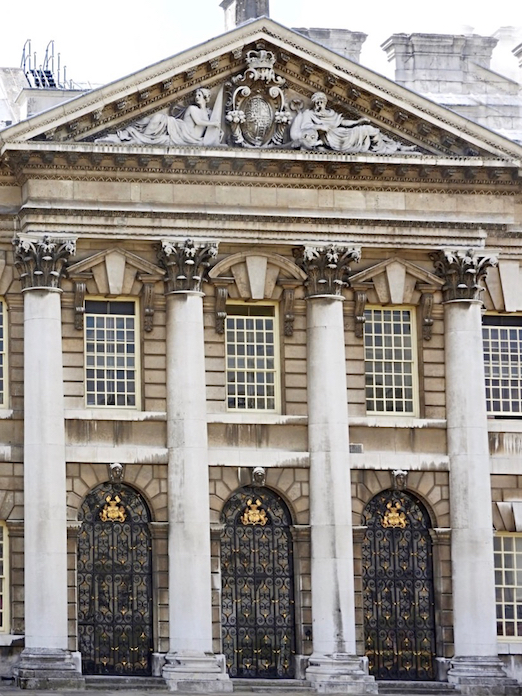
This close-up of the pedimented and columned front of the Admiral House is one of the many oddly-composed photos I took while nursing my twisted ankle. Built in the 1660s, the Admiral House forms the oldest part of the Old Royal Naval College complex.
As you’ve probably guessed, I never made it to the Royal Observatory, and so will just have to take on faith that there is a line there dividing the world into the eastern and western hemispheres. Eventually I headed back toward the town, limping my way through the street market and happening upon a really cute pub, The Spanish Galleon. It bills itself as the home of the oldest brewery in Britain, and does, indeed, have some very tasty beer.

My well-earned reward for ankle pain and stopping to smell the roses.
In the end, I spent most of the day hanging around various parts of Greenwich–which is a very cute and historic pocket of Greater London, and just watching the world go by. I guess there really is something to that whole “smelling the roses” thing. I should try to do it before hurting myself.

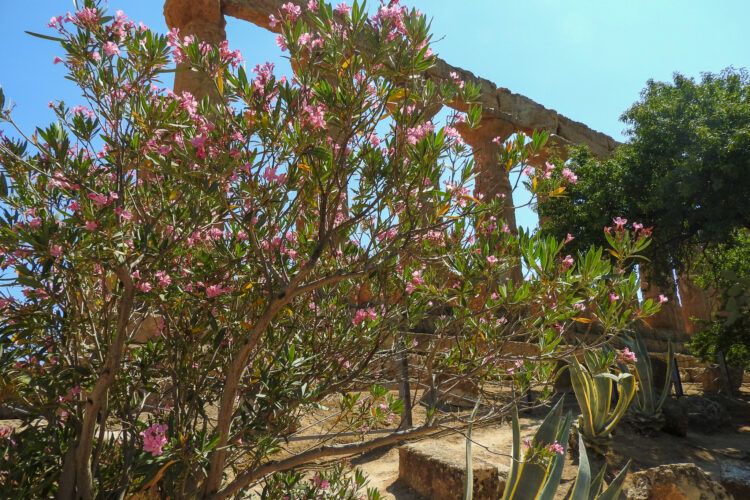
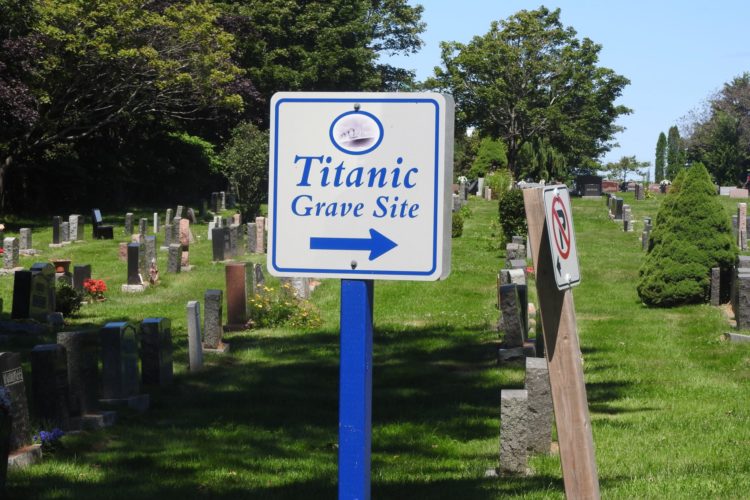
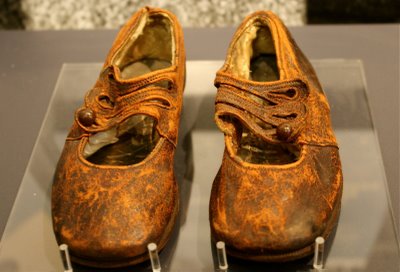
This Post Has 0 Comments